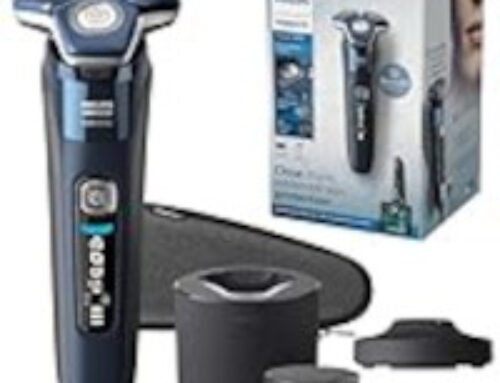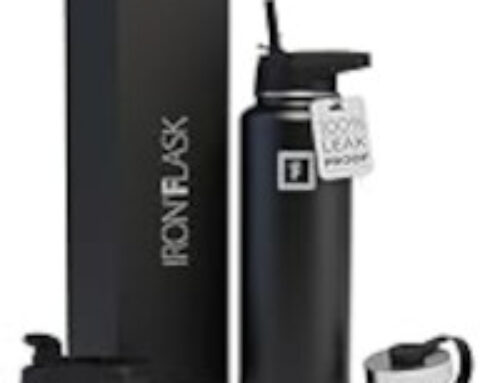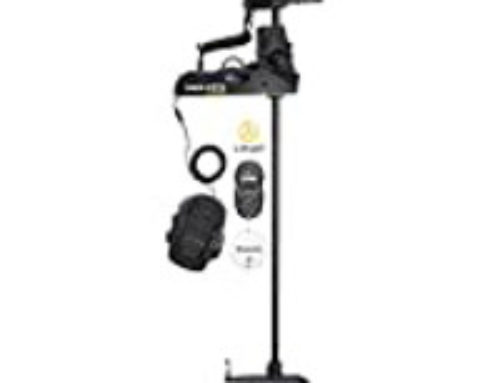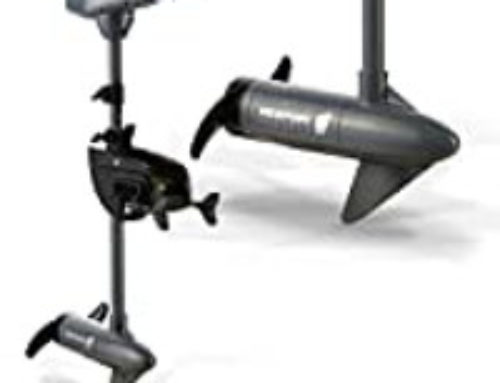We are headed out today to find where the big Male Bluegills are feeding or in the process of making the beds for the females. Here we will show you the best way of find these beds and their feeding areas.
When To Look For Bluegill Beds
The first step in locating Bluegill beds is to know where to look and when to look. Here Nature plays a vital role as the Bluegills will not spawn until the water temperature reaches 65 – 67 degrees. So early Spring (mid May to early June).
Bluegills spawn in shallow water and typically within a couple of feet from shore. So look in depths of 4 inches to 3 feet of water. Later as the season warms up you can find them in much deeper water, 7 ft – 10 ft.
Where To Start Looking?
Start your search in those small muck bays that have some sand or gravel. These bays warm up much faster than other bodies of water and the bluegills will start their aggressive feeding and spawning here first.
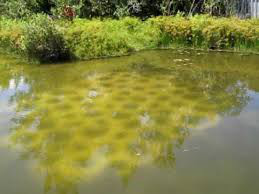
Bluegill Beds
This is what you’re looking for. You may find just a few beds or several. I will typically see 20 to 50 beds in one location.
Can You See Them On The Beds
Here you can see the bluegills circling the beds and checking out our floating jig.
Easiest Way To Search
The time to search for Bluegill Beds is on a calm day, moving down the shoreline slowly and looking for those large paper plate size indents (beds) on the bottom. In most cases these beds will be much lighter in color than its surrounding area. On a calm clear day you will even be able to see the Bluegills swimming in circles, creating these beds.
The best way to search? Since most days are not perfectly calm and sunny, allowing you to see the bottom structure clearly, the best method is by fishing and scouting on the move. Take a partner and have one person control the boat, moving slowly down the shoreline. While one is operating the boat and scouting for beds, the other person is fishing and scouting. The best technique for fishing during this search & catch expedition is by using a top water presentation. I prefer the fly rod with a floating jig (Homemade Floating Jig).
Homemade Floating Jigs
These are the Homemade Floating Jigs (Bugs/Spiders) I use. These floating jigs work well on a Fly Rod or 2 feet behind a torpedo bobber (keep the bobber moving slowly to give action to your bug).
See the website shop for purchasing these Floating Jigs.
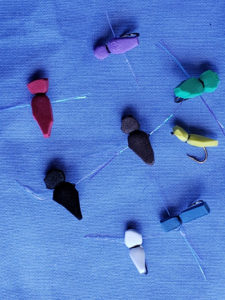
Scouting-Locating-Catching
See us in action; scouting for the beds, locating the beds, backing off to anchor, and then catching a nice mess of Bluegills

